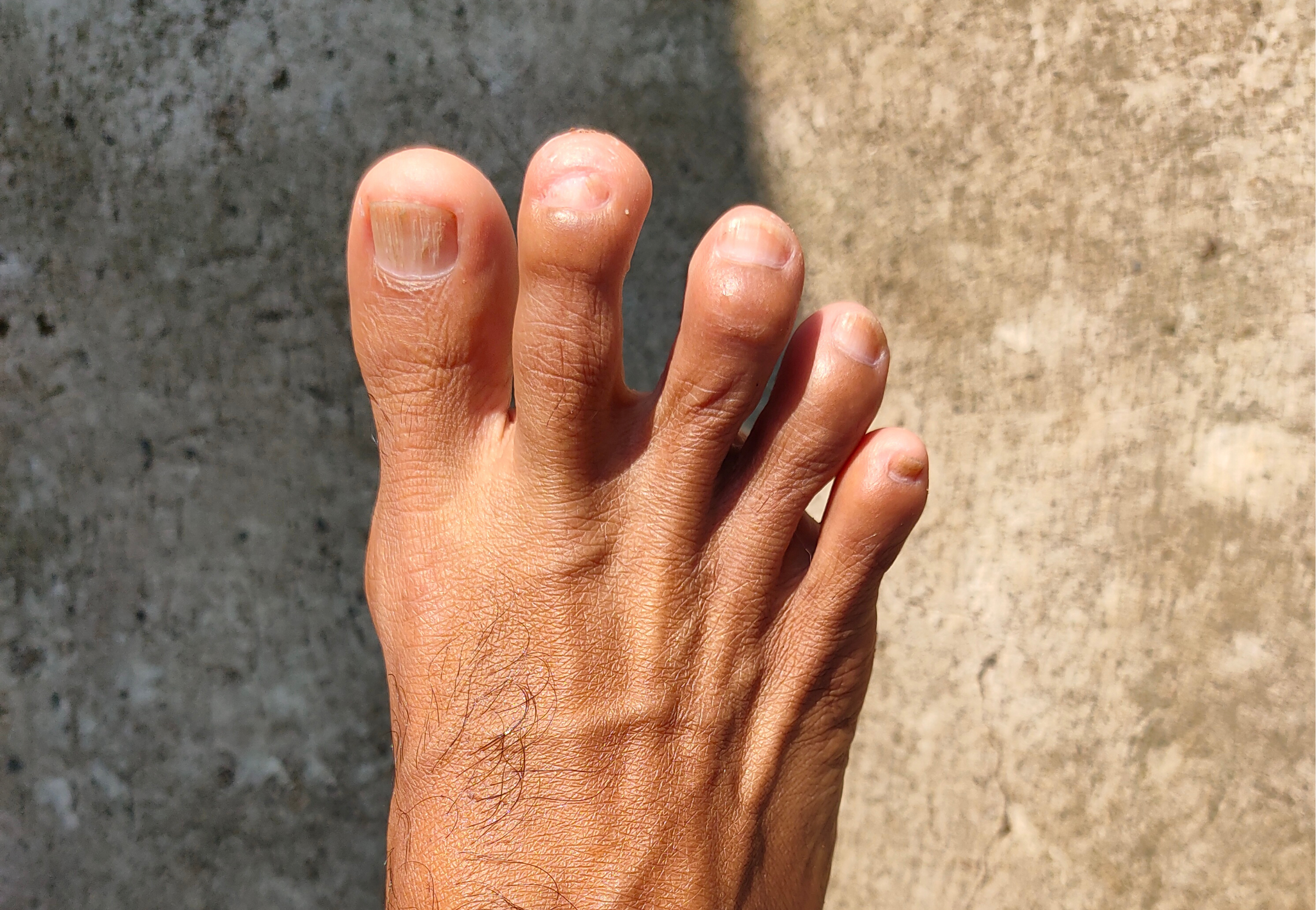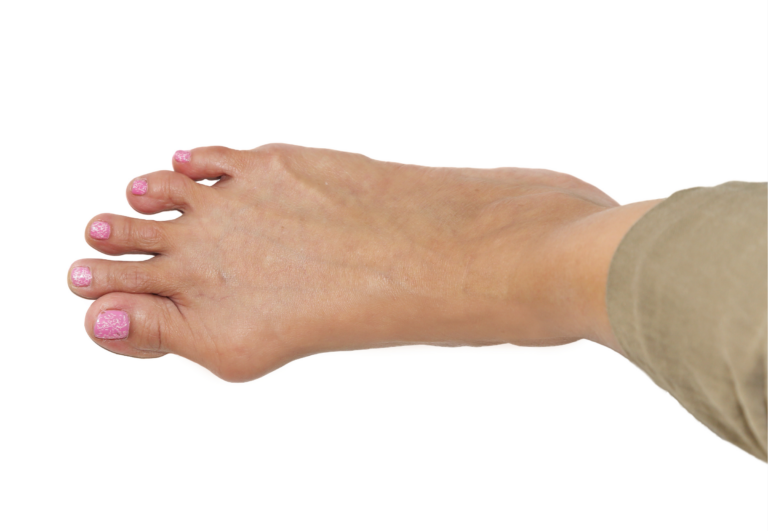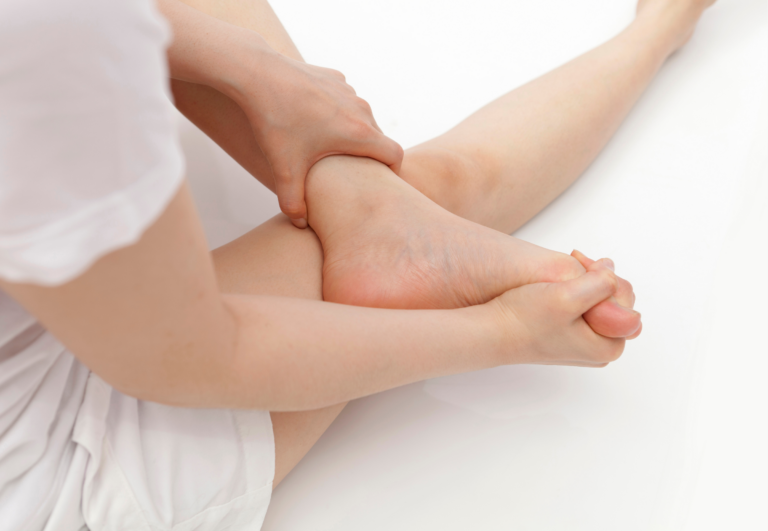Correct Toes Toe Spacer Exercises: Enhance Foot Health and Flexibility
Correct toes exercises are a series of targeted activities designed to strengthen foot muscles, improve balance, and enhance overall foot health. As someone passionate about natural footgear, I strongly advocate for the use of these exercises as a complementary approach to support and maintain the structure and function of your feet. By incorporating correct toes exercises into your routine, you can help align your toes and mitigate common foot ailments.
Using toe spacers like Correct Toes can be incredibly beneficial while performing foot-strengthening routines. They not only encourage proper toe alignment but also support the natural arch of your foot. When used during exercises, they allow for better muscle engagement and stability, providing a solid foundation for your body’s balance. I’ve found that consistent use of toe spacers, particularly while exercising, can significantly contribute to overall foot health and well-being.
Correct Toes Toe Spacer Exercises – a Step-by-Step Routine
Correct Toes are toe spacers designed to realign and restore the natural shape of the foot. When using Correct Toes, it’s important to perform exercises that enhance their benefits. Here’s a step-by-step routine for exercises you can do with Correct Toes toe spacers:
- Toe Splay:
- Sit or stand with the Correct Toes spacers on.
- Actively spread your toes apart, then relax them.
- Repeat this several times to help increase toe spacing and improve flexibility.
- Heel Raises:
- Stand with Correct Toes spacers in place.
- Slowly lift your heels off the ground, rising onto the balls of your feet.
- Hold for a moment at the top, then lower back down with control.
- This exercise strengthens the calf muscles and supports the arch of the foot.
- Walking or Running on Sand:
- With Correct Toes spacers on, walk or run on a sandy surface.
- The uneven surface provides a workout for your feet, encouraging strength and proper alignment.
- Foot Domes:
- Stand or sit with the Correct Toes spacers on.
- Without curling your toes, try to create a dome shape with your foot by pressing the ball of your foot and your heel into the ground while lifting your arch.
- Hold for a few seconds, then relax.
- One-Legged Balance:
- Stand with Correct Toes spacers on and shift your weight onto one foot.
- Try to balance for as long as possible, then switch feet.
- This exercise improves balance and stability, engaging the muscles that support proper toe alignment.
- Kettlebell Deadlift:
- Stand with your feet hip-width apart, Correct Toes on, and a kettlebell in front of you.
- Hinge at the hips to lower down and grasp the kettlebell, then stand back up, keeping your back straight.
- This exercise engages the entire posterior chain, including the foot muscles.
- Goblet Squat:
- Stand with your feet slightly wider than hip-width apart, Correct Toes on, and hold a kettlebell or dumbbell close to your chest.
- Squat down while keeping your weight on your heels and your back straight.
- Stand back up to the starting position.
- This exercise strengthens the lower body and helps maintain proper toe alignment during movement.
- Reverse Lunge:
- Stand with Correct Toes on and take a step back with one foot, lowering your hips until both knees are bent at about a 90-degree angle.
- Push through the heel of the front foot to return to the starting position.
- Repeat on the other side.
- Lunges help strengthen the leg muscles while promoting foot and toe alignment.
As with any exercise routine, start slowly and increase intensity and duration over time. Listen to your body and stop if you experience any pain. It’s also recommended to consult with a healthcare professional before starting a new exercise routine, especially if you have existing foot conditions.
Benefits of Toe Exercises
Toe exercises are a game changer for anyone looking to bolster foot health. Incorporating them into your routine can lead to significant improvements in strength, alignment, and stability.
Enhancing Foot Strength
Toe exercises target the intrinsic foot muscles, which are crucial for the fine-tuned movements of each toe. By engaging in exercises such as toe lifts and spreading, I’ve observed that not only do these muscles grow stronger, but the entire foot benefits. Consistent toe exercises ensure that both feet develop essential muscle strength, mitigating stress on the sole and reducing fatigue during long periods of standing, walking, or running.

Correcting Alignment and Structure
Regular toe exercises, particularly with a device like Correct Toes, can be instrumental in preserving the natural alignment of the toes. By promoting correct toe alignment, these exercises contribute to the overall structure of the foot. This can be especially beneficial for those with bunions or hammertoes. I’ve seen that consistent practice leads to better alignment and less structural stress on the foot.
Improving Balance and Stability
Strong and supple foot muscles, cultivated through toe exercises, have a ripple effect on balance and stability. Effective toe workouts result in a more stable base of support, enhancing balance not just in the feet but also affecting the core and posture. Improved balance is evident during dynamic movements such as running or when maintaining static positions, which underscores the importance of a solid foundation in both feet.
Fundamentals of Foot Mechanics
I’ve found that understanding the way your feet work is key to maintaining foot health and stability. Foot mechanics involve complex interactions of bones, muscles, and tendons, which all work together to provide support and mobility.
Understanding Foot Anatomy
The foot is a marvel of engineering, consisting of 26 bones, including the metatarsals, which are the long bones in the mid-foot. The arch of the foot is fundamental to its function, acting as a natural shock absorber. For those with flat feet, the lack of a well-defined arch can lead to a lack of support and potential foot strain.
The Role of Foot Musculature
The muscles and tendons in the foot provide the necessary strength and support for foot stability. Utilizing a toe spacer can aid in aligning the toes and strengthening the muscles that contribute to foot stability. The intrinsic foot muscles support the arch and work alongside the tendons to facilitate movement and provide stability.
Specific Correct Toes Exercises
Correct Toes exercises are designed to strengthen and align your feet naturally, addressing conditions like hammertoes, bunions, and neuromas. These exercises promote flexibility, blood flow, and muscle health in the foot and toes.
Stretching for Flexibility and Blood Flow
I focus on toe stretches to enhance flexibility and encourage blood flow to my feet. This is crucial for maintaining foot health and preventing stiffness that can lead to injury.
- Big Toe Stretch: Sit comfortably and reach down to gently pull the big toe upward and to the side to counteract the inward pull caused by bunions.
- Toe Spread: While either seated or standing, spread your toes as far apart as possible and hold the position briefly to promote flexibility and blood flow.
A simple table to visualize the stretches might look like this:
| Stretch | Description | Aim |
|---|---|---|
| Big Toe Stretch | Gently pull the big toe upward and to the side. | Address bunions and stiff toes |
| Toe Spread | Spread toes apart, hold, then release. | Improve blood flow and flexibility |
Strengthening for Muscle and Joint Health
Strengthening exercises target the small muscles in the feet that support stability and mobility, reducing the risk of injuries and conditions like hammertoes.
- Short Foot Exercise: Create a dome shape with your foot by pulling the ball and heel closer together without curling the toes; this engages the arch muscles.
- Ball Roll: Place a small ball under the foot and roll it around, applying light pressure to work the muscles along the arch and toes.
Here’s a concise list summarizing the strengthening exercises:
- Short Foot Exercise: Engage and hold the arch muscles to strengthen the foot’s dome.
- Ball Roll: Roll with applied pressure to exercise arch and toe muscles.
Both stretching and strengthening exercises should be performed consistently for the best results in improving foot and toe health. Correct Toes spacers can be worn during these exercises to help align and maintain toe position, enhancing the benefits of the exercises.
Natural Foot Health and Footwear
To achieve foot health, the right footgear is crucial. It supports natural foot anatomy and allows for proper toe alignment, which can be essential in maintaining balance and stability during movement.
Choosing Supportive Footgear
When selecting footwear, prioritize shoes that accommodate the natural shape of the foot. I recommend a shoe list that includes options for men and women with wide toe boxes to prevent the toes from being squeezed. The use of Correct Toes toe spacers has been beneficial in my experience—they work best with shoes that offer enough room for toe splay. Here’s a quick reference for essential footgear characteristics for various activities:
| Activity | Essential Footgear Feature |
|---|---|
| Walking | Padded sole, wide toe box |
| Running | Flexible sole, minimal heel-to-toe drop |
| Road Cycling | Stiff sole for power transfer |
| Trail Running | Durable construction, traction |
| Hiking | Ankle support, robust design |
| Cross-Country Skiing | Insulation, freedom of movement |
| Canoeing | Quick-drying, non-slip sole |
| Active Seniors | Stable base, cushioned insole |
Remember, natural footgear should promote a stable and comfortable foundation for a range of activities without compromising the natural alignment and function of your feet.
Lifestyle Considerations for Healthy Feet
My day-to-day insights show that integrating foot health into your lifestyle goes beyond picking the right shoes. Simple adjustments like choosing to walk barefoot when safe can strengthen foot muscles. Engage in exercises that focus on the feet to maintain or improve flexibility and strength. Regularly refer to credible resources such as newsletters, email courses, and blogs from respected natural footgear providers to stay informed and proactive about foot health. Here are a few lifestyle adjustments to consider:
- Incorporate foot-strengthening exercises into your daily routine.
- Subscribe to resources offering updates on natural foot health practices.
- Opt for active hobbies like hiking or trail running to engage the feet naturally.
Maintaining foot health is a dynamic process that includes choosing the right support and being mindful of daily activities that affect your feet.
Dealing with Common Foot Conditions
From my experience with toe spacers, I’ve found that addressing foot conditions effectively requires a balance of preventive measures and targeted treatments.
Preventive Measures and Treatments
Preventive Measures
Proactive steps are vital in maintaining foot health and preventing conditions such as bunions, neuromas, and plantar fasciosis.
- Toe Stretches: Perform daily to maintain flexibility.
- Footwear Choice: Opt for shoes with a wide toe box.
- Toe Spacers: These can help realign toes and reduce pressure.
Treatments for Specific Conditions
Once symptoms of foot conditions arise, specific interventions can provide relief.
- Bunions: Use of toe spacers and pads to alleviate pressure.
- Neuromas: Massage and stretching can help manage symptoms.
- Plantar Fasciosis: Arch support and heel cushions may offer pain relief.
- Shin Splints: Adequate rest and proper footwear are beneficial.
- Ingrown Toenails: Soaking feet and proper nail trimming can prevent exacerbation.





